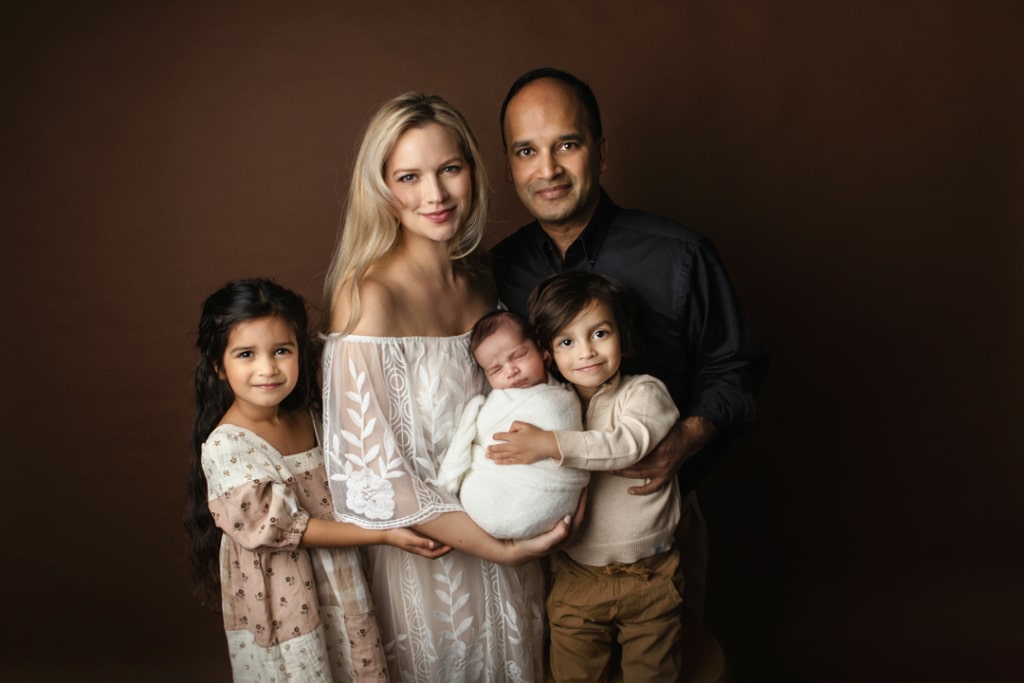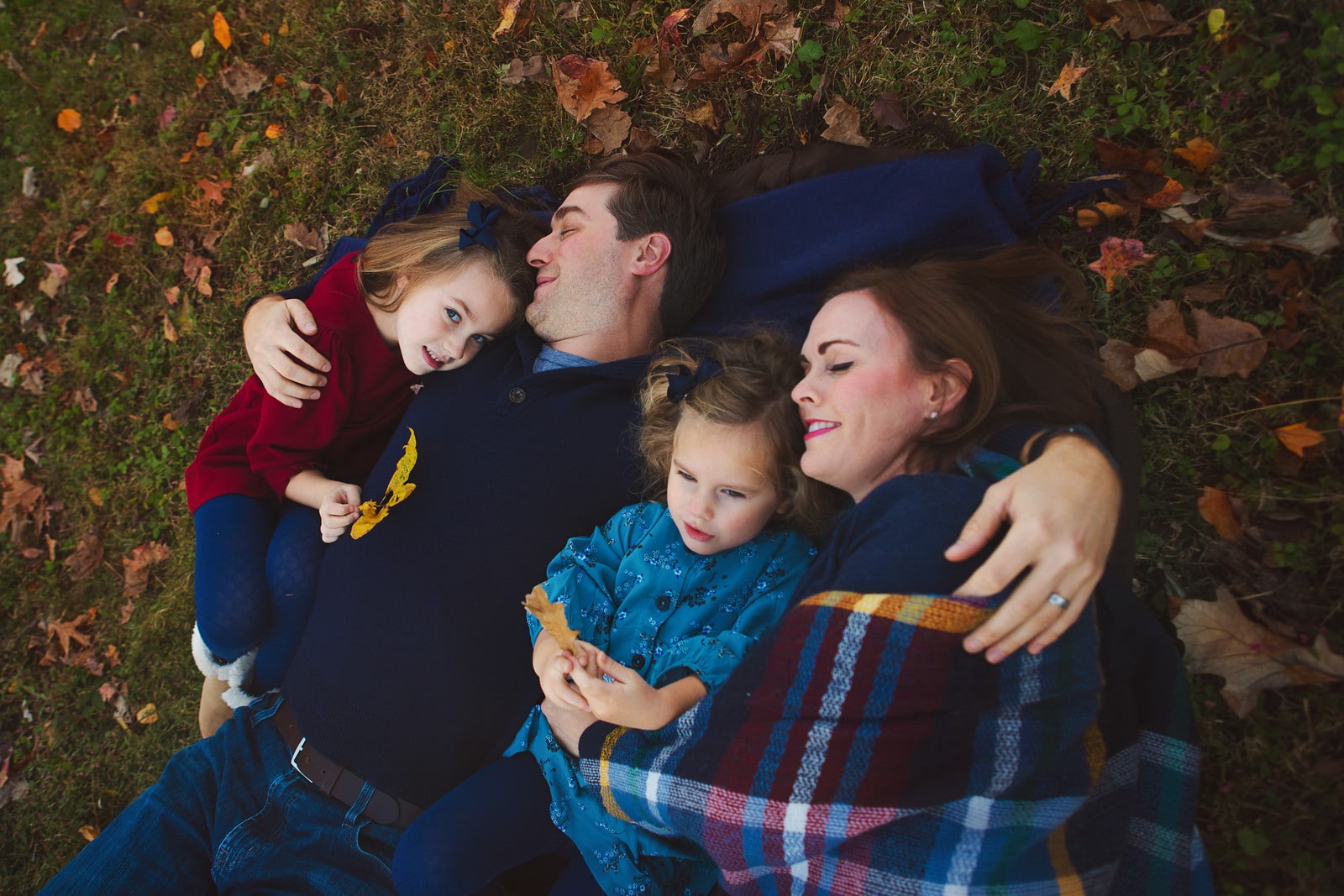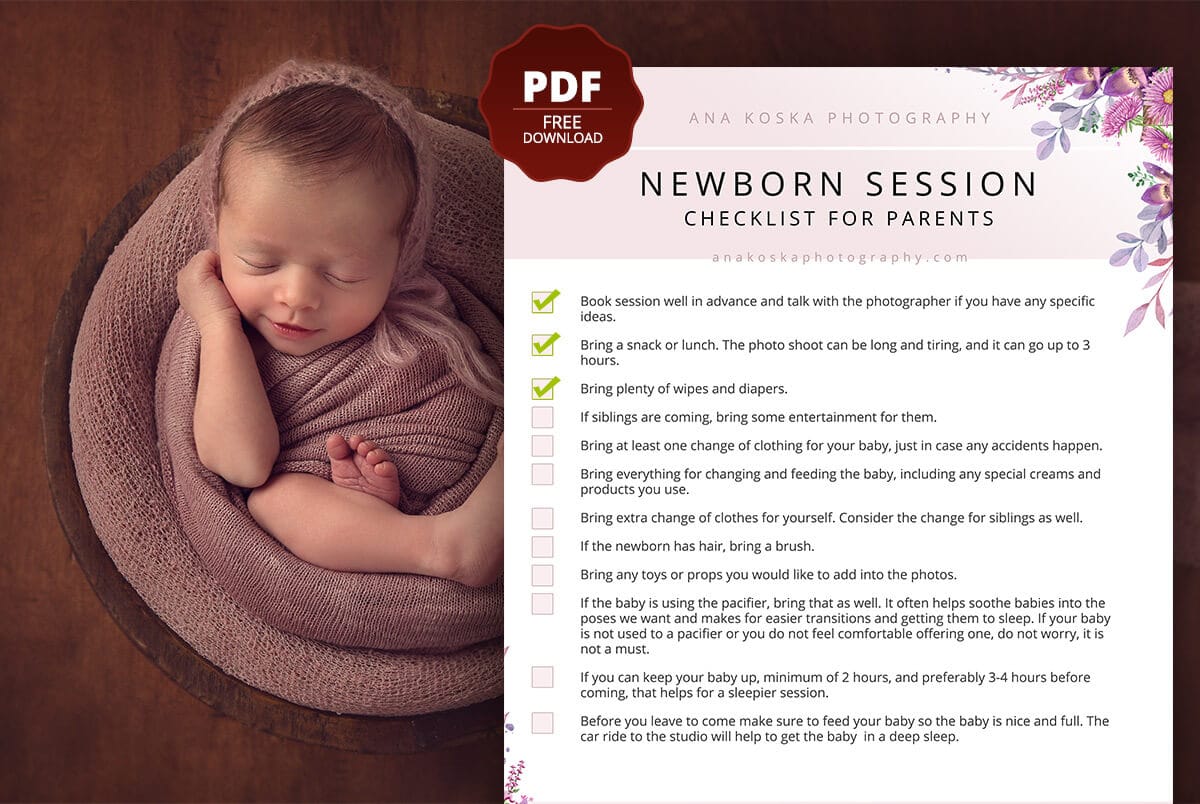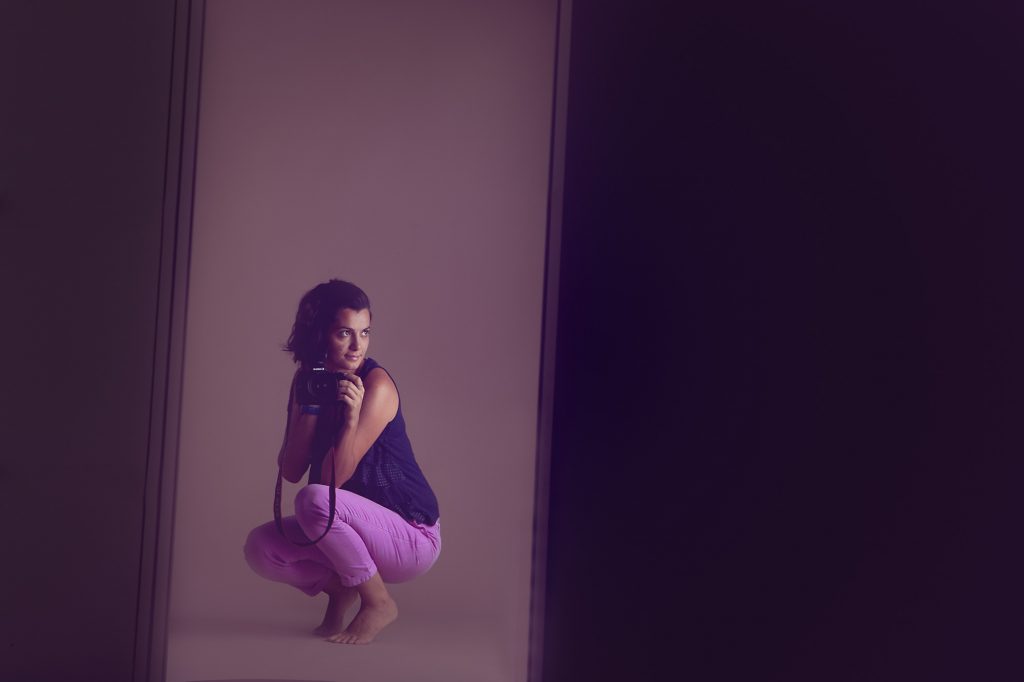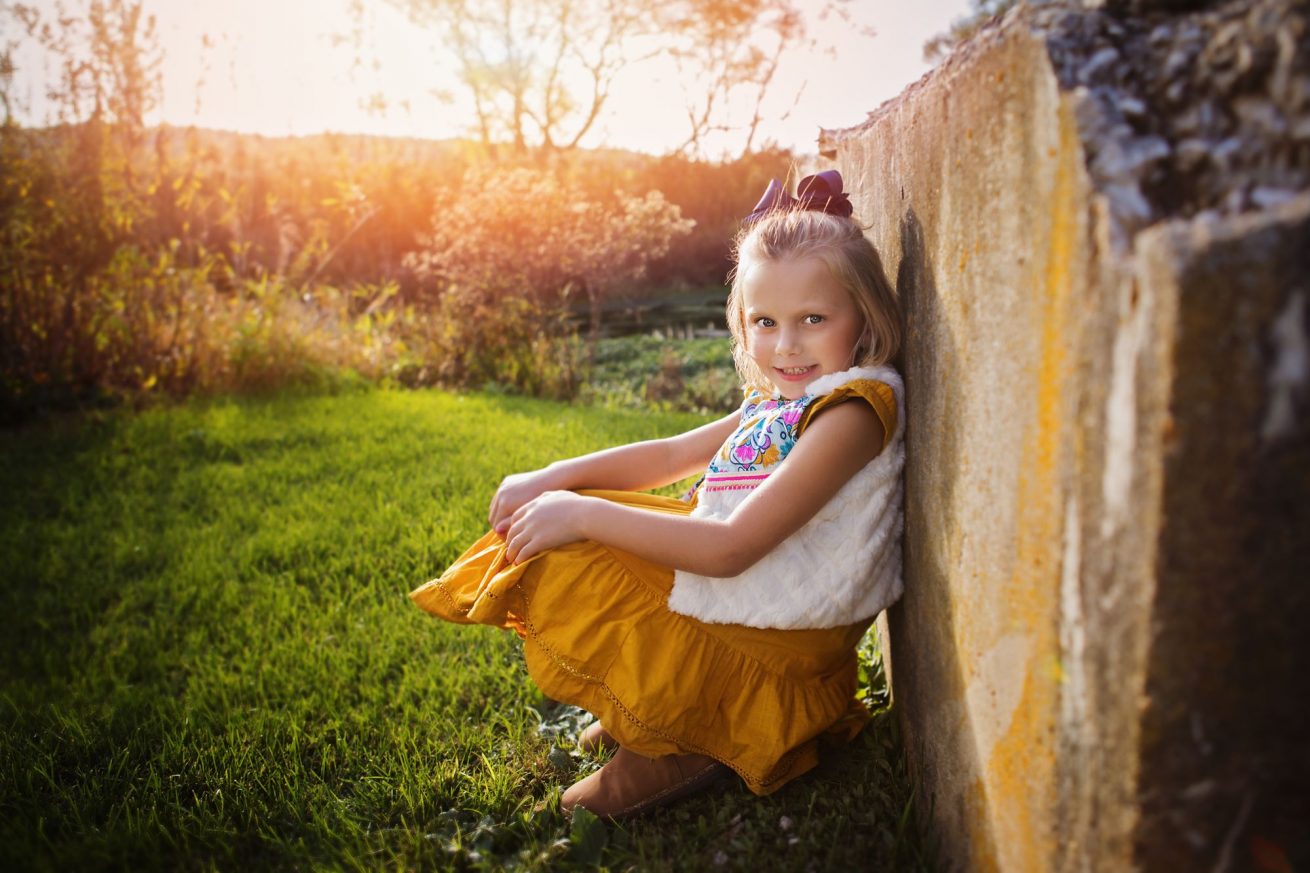
Portrait photography is an art and it bows to no strict rules. But, you can always find general tips and tricks to improve your portrait-taking skills. Likewise, in a world of various models, types of portraits and numerous factors which influence portrait photo session, there are certain aspects you should always check and cover.
Here are my proven to work pointers and portrait photography techniques every professional photographer (and photographer to be) should find useful.
Gearing up is always the first step
Sure, I said there are no strict rules, but when we talk about portrait photography gear, the following tips are closest to actual rules simply because they work. Portrait photography settings are the first thing you should think about when planning a portrait photo session.
Choosing the right camera
Before you grasp for your wallet in fear, take a deep breath. You don’t have to own a top professional camera to take an amazing portrait photo. However, the resolution of your camera is a big deal, especially if you’re doing headshot photography. It’s all in the details and that’s why you want as high a resolution as you can get. When you have a high-resolution camera you will have more than enough space to crop as much as you need to in post-processing a photograph.
Still, the pixels shouldn’t be your main focus either. Just keep in mind that unless you want to print the photo on a very large format, any camera with 20mp and more will meet your needs.
In a case of shooting in low light, high ISO also comes in very handy. For those who are continuously looking for a little bit crisper image, a camera with a full-frame sensor is a great choice and you can find both mirrorless and DSLR cameras in full frame.
Prime vs. zoom lens
There is no dilemma in the choice of a lens when you have one model for portrait photography. A prime lens is made for this kind of photography.
The longer the lens, the focus on the face is better, so if that’s what you want, start with 85mm lens at least (photographers in a portrait studio and outside use lenses up to 200mm).The reason is that longer lens also helps with blurring the background (creating ) so your model is the central point in a photograph.
Keep in mind that shorter lenses are good for photographing a group of people, so if you intend to do family photography, use a shorter lens. However, that type of lens creates more compressed photos, so the background is more visible and can distract from your models, but also bring in some unwanted details in an otherwise great photo.
Never forget that emphasizing the subject of a portrait is the essence of a great portrait photo and you should not make any compromise in that area.

Shutter speed equation
Portrait photography allows extensive experimentation, so each photographer gets a chance to develop their own style. However, the shutter speed isn’t one of them. No matter how good you are in post-processing, you cannot fix slow shutter problems like a blurry image.
The practice is to set your shutter speed two times the focal length of your lens. For instance, when using a 100mm prime lens set a shutter speed of 1/200th minimum. This way you will avoid camera shake and image blur, but don’t think you always have to use this formula.
Some cameras and lenses have built-in stabilization, so even at lower shutter speed the image won’t be blurred. If you are on the market for a new camera, make sure to check if the device you want has stabilization whether in the lens which comes in a package or the camera body.
White balance is tricky
If you have a lot of portrait photography ideas for outdoor shooting and studio photography, never trust your camera’s auto white balance mode. It’s usually misled by the environment: reflected light off walls, clothing, trees, and other objects. This way you can get a counterproductive result especially if you’re not an experienced photographer.
The biggest issue with white balance is that it can affect the skin color of your subject and the result will be disappointing. Always use tools like white cards so you can create personalized white balance for every portrait photography session and situation.
It’s always the right time for timeless
Finding a character and specific personality traits are the most important mission during portrait photography, and it’s so much easier when shooting in black & white. Not only those photos are more powerful and transfer the emotion very well, but don’t forget that everything is in the details.
Textures get so much better highlights in this mode and you can easily extract any distracting colors and minor background imperfections. Using black & white mode you are securing that your subject is the only focus of the portrait.
Raw file saves the day
Yes, there is some trouble with larger file size and converting the files, but more than in any photography type, in portrait you want to bring the picture to life. Shooting in raw gives you the possibility of every adjustment you might need: from color to tonality and original file stays uncompromised.
Other file formats such as JPEG result in a compressed image and leave you with a lack of precious image data.
Lighting
If portrait photography settings were the first step to a successful outcome of a photo session, the right lighting is the second. Positioning, size and intensity of the light, distance from the light source to the subject, and the number of sources, shape the way you present your subject in a portrait and prioritize subject’s face and body characteristics.
Even with the ideal conditions, let alone limited ones, handling lighting setup can be a breaking point for a great portrait photo. If a light source comes from the same angle as the camera, there will be no shadows left and the image will be flattened, so if you want to create a depth try moving the source of light away from the camera.
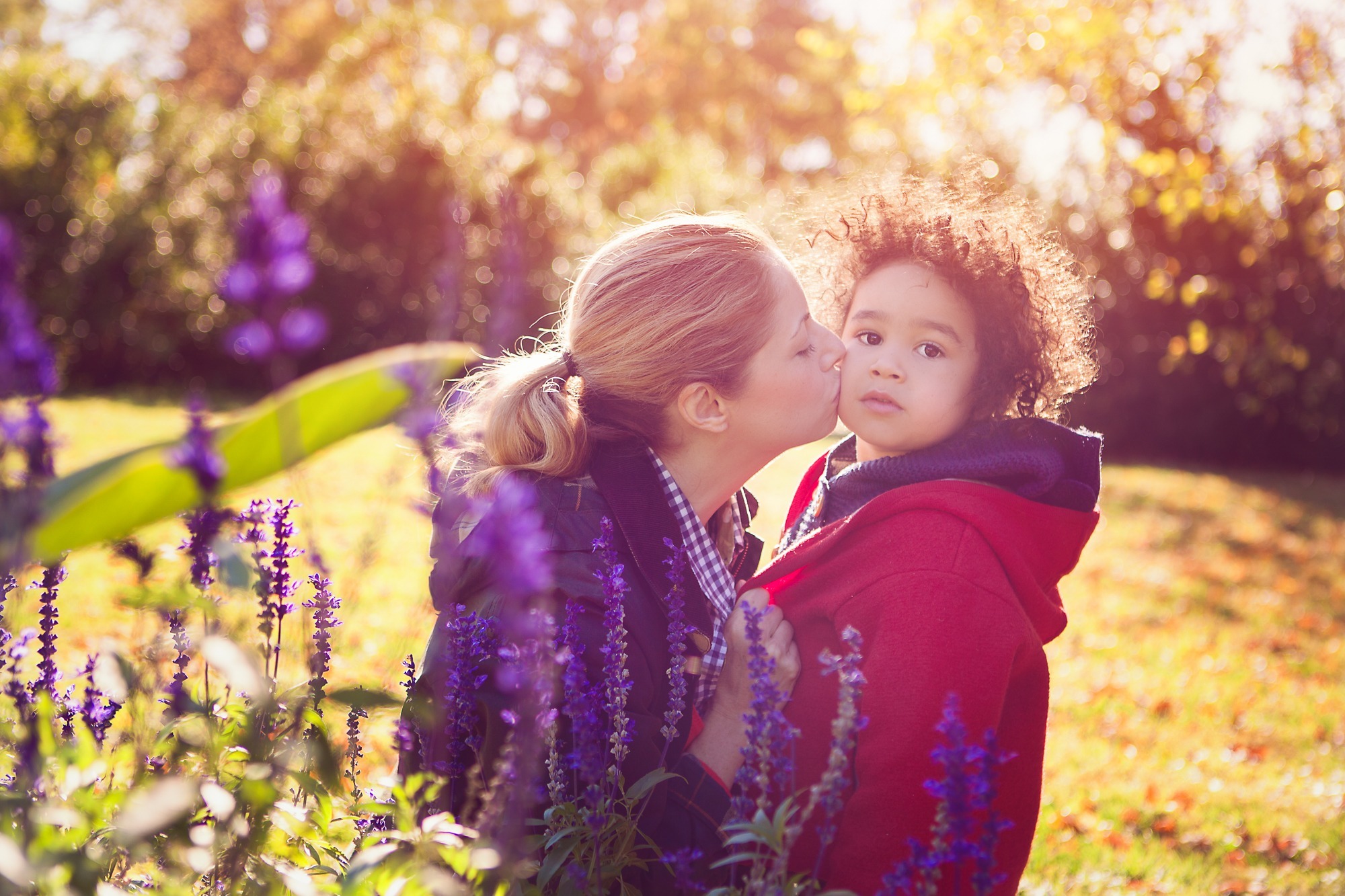
Natural vs. artificial light
This is where your planning skills come in handy.
Sometimes, it’s not possible to shoot with natural light. So, you should prepare the tools for setting the artificial light on the session. If you choose a natural-light portrait, it’s best to shoot the early morning or late afternoon, because sunlight creates roughest shadows around noon.
In the sunlight, the general advice is that your subject faces the sun or you can let the light fall diagonally for the better-defined features. The best thing you can do is try to match your camera settings to the ambient light.
Even with the perfect lighting always check your composition and look for any distracting details in the background. The last thing you want is that the background is competing with the subject. Those distractions can be subtle and less visible on your camera, but you will see them in post-processing.
A great tip is to check the weather forecast for the shooting day, as you want soft and consistent shadows during the whole shooting process.
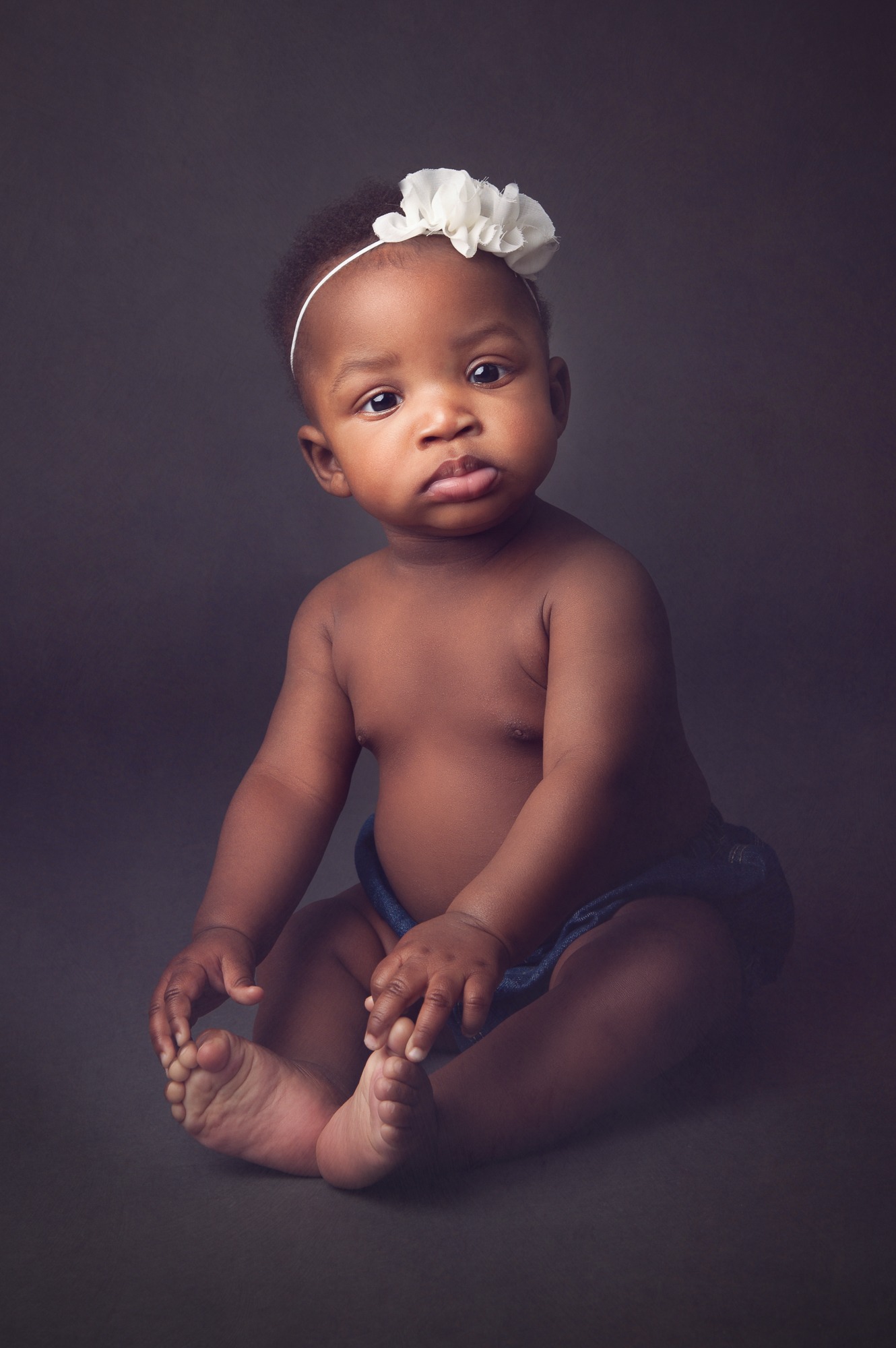
Working with artificial lighting can be more challenging in terms of equipment, but brings some useful advantages. In lighting your model, you can be more creative and playful with the shadows and you get more control over exposure.
Using artificial lights, all the crucial adjustments are at your disposal. Just remember that the larger a light source is, the softer the light. Direct light from a small distance into a subject makes a so-called hard light with defined shadows and if you want to soften them, making lighter shadows with a gradual transition, you should use light modifiers such as umbrellas and softboxes.
Cheap and easy tool: reflector
Whether you use natural or artificial lighting, the reflector is often necessary. The first thing you should know about reflectors is that they bounce back existing light. Your reflector can’t create a light, so before you think about using it, make sure there is enough light, to begin with.
If you are looking for a softer light and less noticeable shadows (who isn’t?) use a larger reflector so there is no harsh transition from lighter to a darker part of an image. Its additional benefit is that it is more flattering on all skin types. You might need some help with holding them, though. On the other hand, smaller reflectors create hard light and visible shadows so the dark areas of the image will be noticeable.
If you are not sure about the size you should choose, remember that your reflector must be larger than your subject and keep that in mind when you are taking family pictures. In most situations, 40/45 inches reflector should cover all your needs.
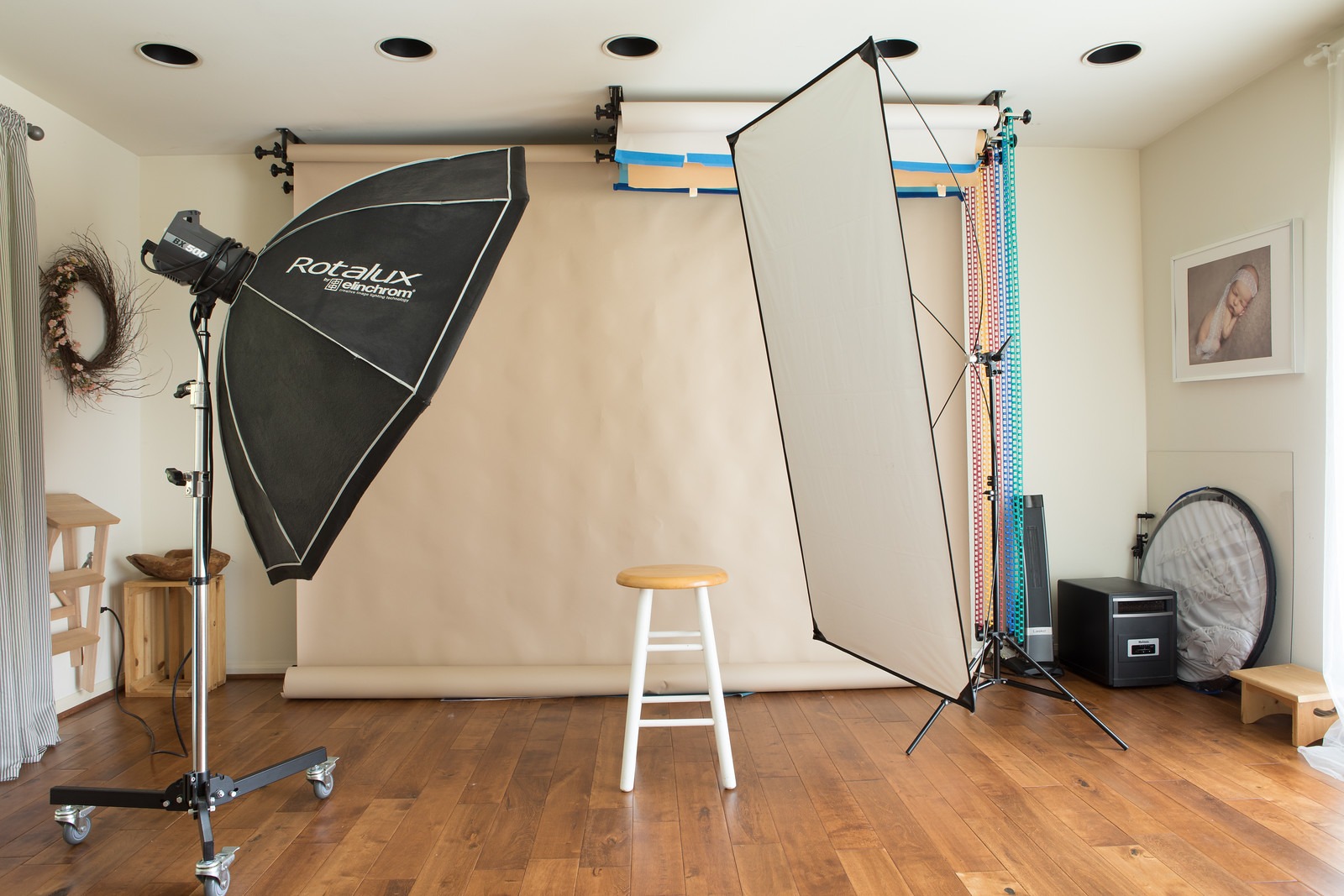
When we talk about the proper positioning of a reflector, here are some basic guidelines:
- Placing directly across from the light source will keep the subject well lit and it works great with portrait photography during the golden hour.
- Placing reflector at an angle from a light source can help direct the light towards the subject.
- Keeping reflector parallel to the ground is a great choice if your subject can hold it in their lap and it brightens up the eyes and creates a flattering skin tone for the portrait.
Try different positions and see what works best for the given circumstances.
Get creative at night portraits
Sometimes you might not have any light source available. No one said the job of a professional photographer is easy, right? In these situations, you can use video light which gives you steady light source and it adjusts well in dark surroundings.
Some experimenting ideas for lighting
Don’t overlook the back-light
In a studio or outdoor portrait photography, lighting circumstances are rarely ideal. As much as your focus should be on handling the light, you can use some already given conditions in your favor. Every location has some kind of a back-light and you don’t want to exclude it every time.
During an indoor photo session it can be a window light or a lamp and in natural light, you can use mild sunlight falling through leaves. This form of light can produce amazing edge light on your subject’s hair for example and give depth and a new dimension to your photograph. Done properly, it can also bring the focus on the subject, separating them from the background.
This is where you can get playful and do some test shots to see if your vision works.
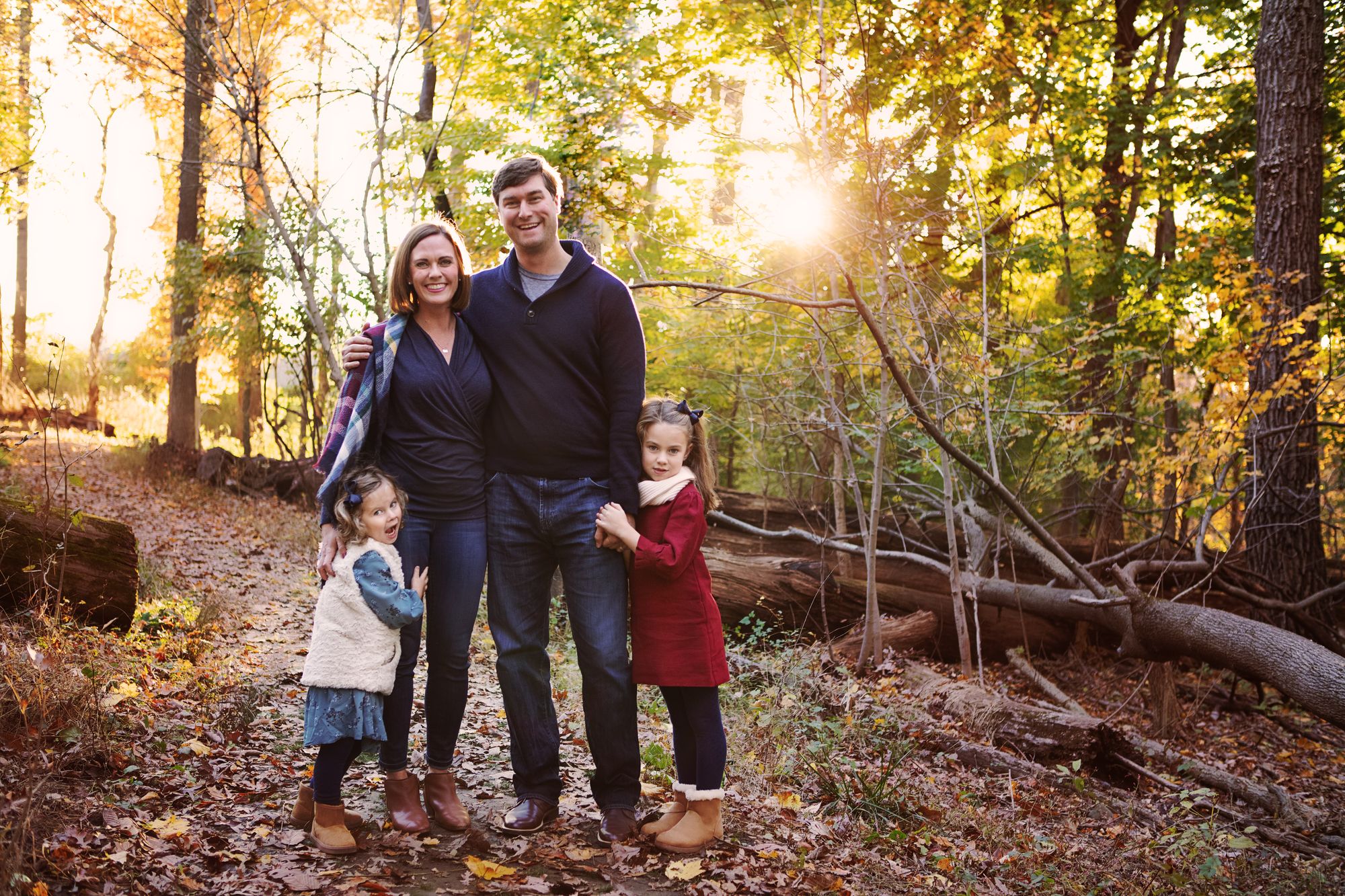
New opportunities arrive from silhouettes and reflections
If you want to improve your portrait photography skills, you should learn and practice to look for additional advantages within the location of the photoshoot. This works best in photographing couples and groups.
A distinctive light source behind your subjects will create an interesting focal point between them and give a new perspective on the image. It’s great to use a reflector, but you can find some of the best reflective surfaces in unexpected places like polished floors, rain puddles and glass objects.
Be a pose master
Your models want to look their best for the portrait photo. It’s part of your job to give them general and specific guidelines because let’s face it, everyone needs them, even professional models. There are some pointers you should follow regarding your model or models.
Man up!
If your model for portrait photography is a man, you can use some of the classic advice: emphasize the angles so you bring up their strength to the focus. This means you should intensify their torso to fit in traditional V shape and their jawline.
Wa-wa-women
Traditionally speaking, women posing emphasize the curves of the female form, but avoids straight lines and sharp angles. If you want to achieve subtle curves on a photo, advise your model to bend the wrists, elbows and knees, just make sure that pose is in sync with the model’s body shape.
The family is where it gets complicated…
It gets much more challenging when you take portraits photography, of a group, and by a group I means family. The biggest issue is that you have more than one subject, so proper camera setting is a must.
Even though classic poses where the family faces the camera work, you can try a more creative approach. To get inspiration check out this amazing resource with tips for family portraits and photography. And, additionally, check out the tips and tricks for family photography in general to get even better family photos.
Of course, making family relationships stand out is the goal you should be reaching for with posing the family.
…and it doesn’t get easier with babies, toddlers, and kids
Other not so easy subjects for posing are children of all ages. There are usually some setbacks like your subjects not following the guidelines, so you should have a strategy to deal with it.
Rather than asking them to pose, it’s much easier and better to encourage the kids to feel comfortable and to naturally express their personality. That’s the way to get photos with a natural look without over-posing.
If it sounds tricky, it’s because it is, but patience is your number one tool for baby and children photography.
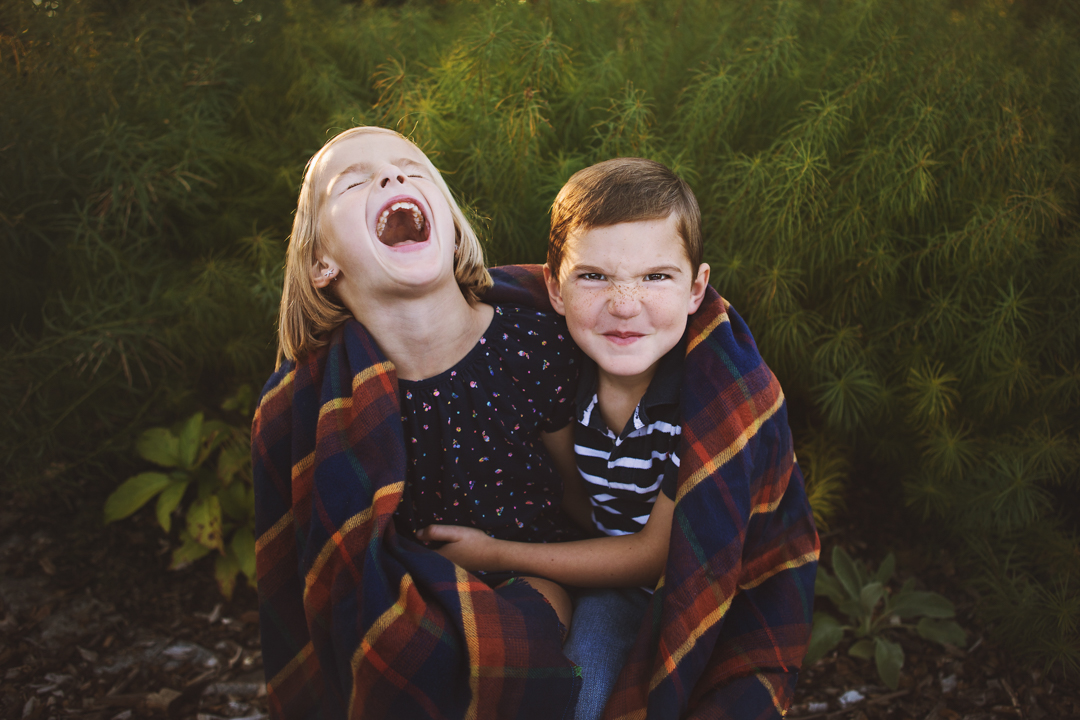
But there is one special kind of subject: newborns
With all the joy that photographing a newborn brings, in reality, getting a newborn to pose is one of the hardest things a photographer has to do. You have to work closely with parents who always should be present at the shoot and often wait until the little one falls asleep firmly so that you can adjust their pose in the most suitable way.
If you are having an especially hard time photographing newborns, check out this guide on how to play with newborns. Entertaining a newborn is always recommended during a portrait photography session.
Sleeping newborn is one of the most popular poses, but you can also try taking a lot of photos while the baby is lying down, setting the camera directly above the baby.
Most of all, you should take advantage of the newborn’s first few weeks. So, the best time for a newborn photography session is under two weeks of age because they can sleep longer and provide a longer time for the shoot.
What types of portrait photography are people looking for?
Family photography: Portrait with all the loved ones in one place
For many, the definition of a home is family portrait on the wall and there is a reason for it.
Having a memory of a great family gathering and something that warms you up every day is priceless. But behind a perfectly composed photo is a lot of time and hard work. That’s why in photographing a family you should be aware of the short attention span of the group and you will need to plan and prepare for a longer photo session. There is also some preparation to be done ahead, for which this quick quide on what to wear for a family photoshoot will come in handy.
The more family photography sessions you do, the easier it gets, I promise.
Kids portrait photography: Reminder of how fast they grow up
People who have kids usually very quickly begin to understand that their babies become teenagers and all of a sudden, they are grown up.
Toddler photography is very popular because a good photographer will capture the energy and personality of a kid in a moment and make it eternal. People love to have reminders of their kids changing into a grown up and will cherish them.
Even though this type of portrait is very demanding, toddler photography is where it gets extremely difficult. But, here’s a quick guide to toddler photography to make your life easier.

A souvenir for “when you were born” story: newborn portrait
We all have these kinds of embarrassing stories that parents just love to tell over and over again and if you are lucky, your parents will have something to show as well. Having a new family member is a feeling word often fail to describe so newborn photography is getting frequently required.
To make it easier for you to cope with this kind of portrait, I’ve summed up some tips for successful newborn photography.
Maternity photos: A tribute to preparing for the most important job
Becoming a mother, especially for the first time is overwhelming for so many reasons and a good photographer will know how to capture the famous pregnancy glow and to present how becoming a mom looks like through a maternity photography session.
This type of portrait is somewhat new, so photographers should guide the subject through the whole process and create a beautiful memory no matter how challenging maternity photography can be.
Challenging as it is, maternity portrait and photography remains an unrivaled memory in both the hearts and minds of parents and children as well. At least, it’s something that will make your heart melt in decades to come.
So, don’t waste precious maternity period. Create a loving memory in a single session and get your maternity photos.
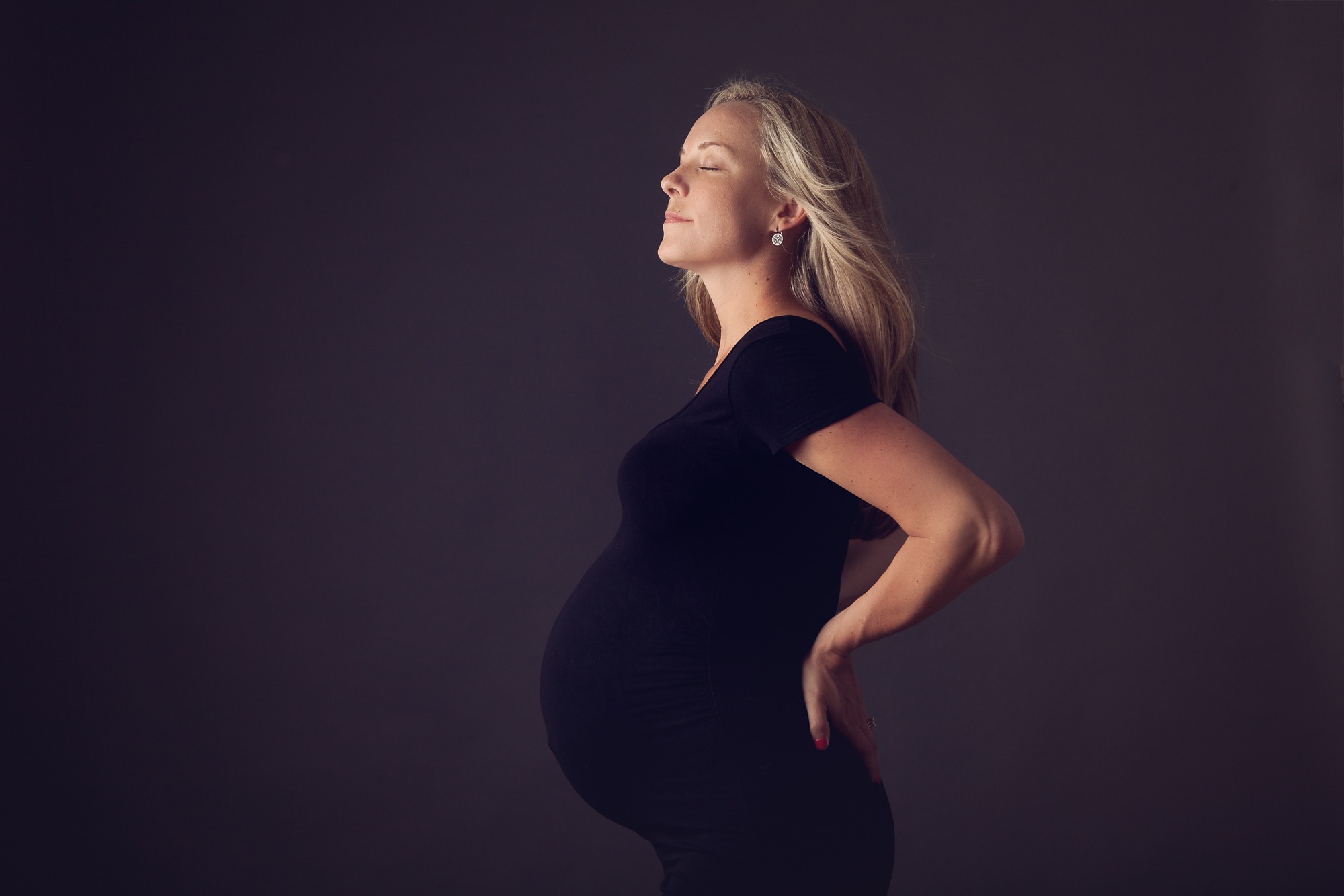
The story of great portrait photography is not finished
Making portrait photography is an adventure for the model and the photographer and that is the reason why it is very important that you connect with your subject.
For the newborn photographer Ana Koska, it’s both another day of work and a lifetime of passion.
Posing for portrait photography is intimate and revealing so people can get a little bit timid or shy. When you are portraying someone’s personality and inner self, getting to know them and making them comfortable is the photographer’s main job, and something you should do before the photo shoot.
Finally, if you want to see the full scope of my work, check out my Instagram page. After all, photography is all about catching the eternity with the tip of your finger.
Granting your family that one picture, one portrait takes a single session. But, that feeling of warmth spreading through your chest like wildfire is forever. Remember, portrait photography isn’t a photo shoot. It’s creating eternal memories.

